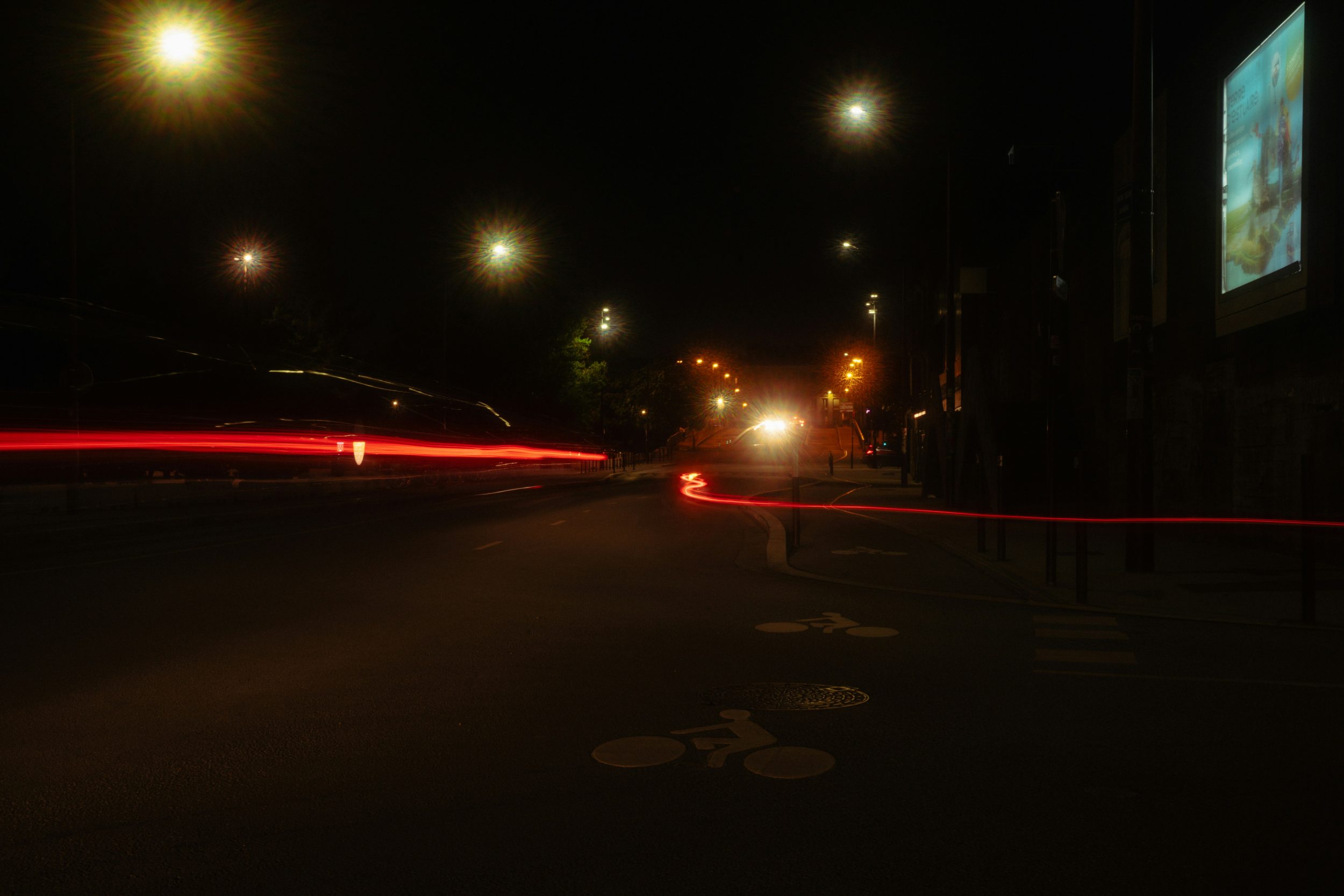In 1877 the United States was rocked by one of the biggest strikes it had ever seen. That year, across the country but primarily on the East Coast and in Chicago, 100,000 railroad workers walked off the job. To suppress the strike, state and federal governments deployed the national guard and state militias in several states, resulting in at least a hundred deaths as troops fired on or injured strikers. The event became known as the Great Railroad Strike of 1877.
In the following years and decades, states (as well as, sometimes, private funders) responded to the 1877 strike and several other large-scale uprisings by building imposing armories, concentrated in cities that had seen ferocious striking or public disorder. Armories were an important piece of the government’s capacity to respond quickly and forcefully to strikes or protests, but they were also an important symbol. They were expensive, imposing structures that sat on the horizon like a giant with a club—an implied and ever-present threat, visible through factory windows and from rail yards.
The philosophy that gave rise to armories and bases has not gone anywhere. If anything, we are currently living through its most dramatic resurgence since the late nineteenth century. In the wake of the Movement for Black Lives and the 2014–2020 Black-led protests against police brutality, municipalities across the country have begun building large urban police training facilities—so-called “cop cities.”
In what follows, I revisit this history of armory building to explore how Atlanta’s effort to build a cop city demonstrates a resurgent willingness of the United States to mount an offensive against its own citizens. And it’s not just in Atlanta: we face the serious risk of this model being copied across the country as our government once again feels the need to put a physical reminder of its threat on the horizon.
In addition to uprisings and strikes brought on by organized labor, the latter half of the 1800s was marked by urban unrest connected to anti-immigrant and anti-Black sentiment. In New York City alone, city and state official were shaken by the public violence that occurred during the 1871 Orange Riots between Irish Catholics and Irish Protestants, the 1874 Tompkins Square Riot, and a series of anti-Black disturbances culminating in the horrific Riot of 1900. Growing fears among American-born and Protestant elite in the United States also resulted in a multi-decade panic over the “foreign radical”: an archetypal figure the state feared for both its foreignness, ethnic and linguistic difference, and left-wing politics. Those in power feared that the often-entwined reality of racial and ethnic violence and labor unrest would, if left unchecked, boil over. The situation was, as one nineteenth-century author called it, “the volcano under the city,” waiting to erupt.
What’s more, the United States was still engaged in an expansionist and colonialist war against Indigenous peoples, which also required troops, bases, and armories in vast swaths of the continent. In Wilkes-Barre, Pennsylvania, the city’s new armory was justified in the local newspaper as necessary, not only because of “perils from without” but also because “a more startling danger threatens us from within.”
As historian Lisa Keller has pointed out, there was vocal opposition to the growing armory-building movement. Opponents objected not only to the public expenditure, but also, and perhaps more importantly, to what the armories meant. Armories signified: Behave, or else the full might of this building might be unleashed at any moment. Protests and strikes continued, but the armories also remained.
In 1899 at least a few of these armories proved their use to the state. Around sixty miles south of Savannah, Georgia, in the town of Darien, members of the local Black community had rallied to protect Henry Delegale, who had been accused of sexual assault (a crime that even the Savannah Morning News publicly presumed he was innocent of), from a lynch mob of white locals. The ensuing standoff between the white mob, Black defenders, and local law enforcement was tense. It resulted in the mayor raising the call to the governor for support from troops. Local military rallied at their armories within the hour to be outfitted and armed. One of the armories, the Savannah Volunteer Guard Armory, had been built only a few years prior. Within two hours, they were on their way to Darien. In this instance, at least, they took Delegale to a jail—safe from mob violence, if not institutional violence. Even so, it was a striking show of the state’s capacity for rapid military deployment.
Even before the Great Railroad Strike of 1877 and the armory-building boom that followed, the United States was already a forcefully expanding nation—first westward, then overseas. With this expansion came the state’s desire to implement control abroad through violence (or at least the threat of violence), just as it had at home. In lieu of armories came the global economy of U.S. military bases.
As of 2023, the United States had 750 military bases across the world, or “75 to 85 percent of the world’s total overseas military bases.” Many of those were in allied friendly countries, but others were in conflict zones or contested terrain. The bases signal “not only the capability but, more importantly, the political will to fight in ways long range systems cannot.” It’s a philosophy that has led some writers, notably David Vine, to refer to the United States, with its global military influence, as a “base nation.”
More from our decarceral brainstorm
Every week, Inquest aims to bring you insights from people thinking through and working for a world without mass incarceration.
Sign up for our newsletter for the latest.
Newsletter
Several scholars, including, recently, Julian Go, have demonstrated how policing has never truly been separate from the military. The U.S. empire’s expansion to the Caribbean and Pacific, not to mention the emphasis on ‘preparedness” in case of invasion during World War I, modernized and intensified policing as an institution that was part of a revolving circuit of knowledge about race, subordination, and violence worldwide.
But policing has become fundamentally different from what it was in the nineteenth century, a process that accelerated in the years following the proxy wars of the Cold War, the war on drugs, and the global war on terrorism. Despite periodic activations of the National Guard, U.S. police have been increasingly able to dip into their militarized arsenal of crowd control measures, mass suppression tactics, and the supersized availability of gear, weaponry, and vehicles to handle protests, riots, insurrections, and uprisings.
In spring 2021, Keisha Lance Bottoms, then mayor of Atlanta, announced a plan to create a 150-acre police training center in the city. It would be situated in southeast Atlanta, in a large, forested area often referred to as the city’s “lungs.” Dave Wilkinson, president of the Atlanta Police Foundation, the semi-private fundraising arm of the city’s police department, boasted that the training center would be “a beacon for what we call 21st century policing.” (That the Atlanta Police Foundation is semi-private should come as no surprise. In the nineteenth century, after all, it was not uncommon for private groups to fundraise for new armory projects.) The announcement kicked off three years of chaos, as a wide coalition of protesters—including criminal justice reformers, abolitionists, and environmentalists—sought to prevent the construction of what was quickly dubbed Cop City.
Atlanta’s cop city isn’t the first of its kind. While in other cities, similar massive training facilities service different types of first responders, like firefighters and EMS, they still generally contain several areas for combat readiness. These campuses sometimes contain entire mock villages where police can practice different scenarios that involve shooting and even explosives (though it was reported that the explosives training center for Atlanta’s cop city was scrapped by spring 2023). Police gun ranges can be loud, disruptive, unhealthy, and generally nerve-wracking to live around, as the residents of Lincoln Heights, Ohio—the majority-Black town where the Cincinnati police conduct firearms training—can attest.
As of June 2024, the public cost of construction for Atlanta’s cop city has doubled, with the city’s contribution going from a pledged $30 million to $67 million after a 2023 city council vote. Like the armories that came before it, the project has enraged local residents for its expense and for what that expense implies about the priorities of Atlanta officials, not to mention the environmental destruction required to build it.
The initial timing of the announcement was suspect. Local reporters and advocates cited the need for better training in the wake of the “COVID spike”—the period of 2020 when violent crime rates rose. But rhetoric from the city suggested other social forces had motivated the 2021 announcement. Wilkinson told the Atlanta Journal-Constitution that the project was intended to “lift the morale and optimism of police officers tenfold.”
Wilkinson’s remark recalls the so-called “Ferguson effect,” a conservative talking point claiming that protests for racial justice demoralize the nation’s police to such an extent that they become incapable of staffing their departments or guaranteeing public safety. Less than a year before Mayor Bottoms’s announcement, an estimated 15 to 26 million people nationwide had protested the police killing of George Floyd in a movement led by Black activists. Just three weeks after Floyd’s killing, the Atlanta Police Department shot and killed Rayshard Brooks after receiving a call that he had been sleeping in his car outside a Wendy’s. In response to the increased criticism of racial state violence came the rhetorical backlash from the police and their defenders: any criticism of police tactics, they warned, would cause low morale within departments and make it impossible to recruit new officers. A cop city, according to Wilkinson and the APF, would help with both of these problems.
It doesn’t stop with Atlanta. A number of other major cities have subsequently opened or proposed their own versions of Cop City.
In August 2023, Baltimore, a city which sparked its own large-scale protest movement following the Baltimore Police Department’s killing of Freddie Gray in 2015, got its own proposal for a $330 million police training center. This proposal didn’t include a forest, but instead proposed the center be housed on the grounds of Coppin State University, a public, historically Black university.
For its part, Chicago had been planning a large police training facility since 2017, and in January 2023 it opened, at a cost of $170 million (nearly double its projected cost of $95 million). At the ribbon cutting, Chicago’s then mayor, Lori Lightfoot, said to police, “Don’t let anyone ever tell you this city doesn’t have your back, we do each and every one of you.” Like other proposed centers, Chicago’s cop city has a massive simulation village to help train officers for various scenarios.
Then, on March 21, 2024, New York City mayor Eric Adams announced that the city would be building its own $225 million police training center in Queens. The announcement came just weeks after New York Police Department officers—in full tactical gear and accompanied by an armored vehicle—raided a Columbia University building occupied by students protesting Israel’s war on Gaza.
The United States was a nation of armories, then a nation of bases—now it is becoming a nation of cop cities. These projects are the latest physical and architectural manifestations of the state’s impulse to stockpile weapons, warriors, and urban space itself in order to suppress opposition and righteous disorder. And, contrary to the narrative of the Atlanta police, their genesis is not just a reaction to crime spikes or low officer morale, but an explicit threat about how ready and well equipped local police will be the next time a large-scale protest movement emerges.
Image: Tom Caillarec/Unsplash

